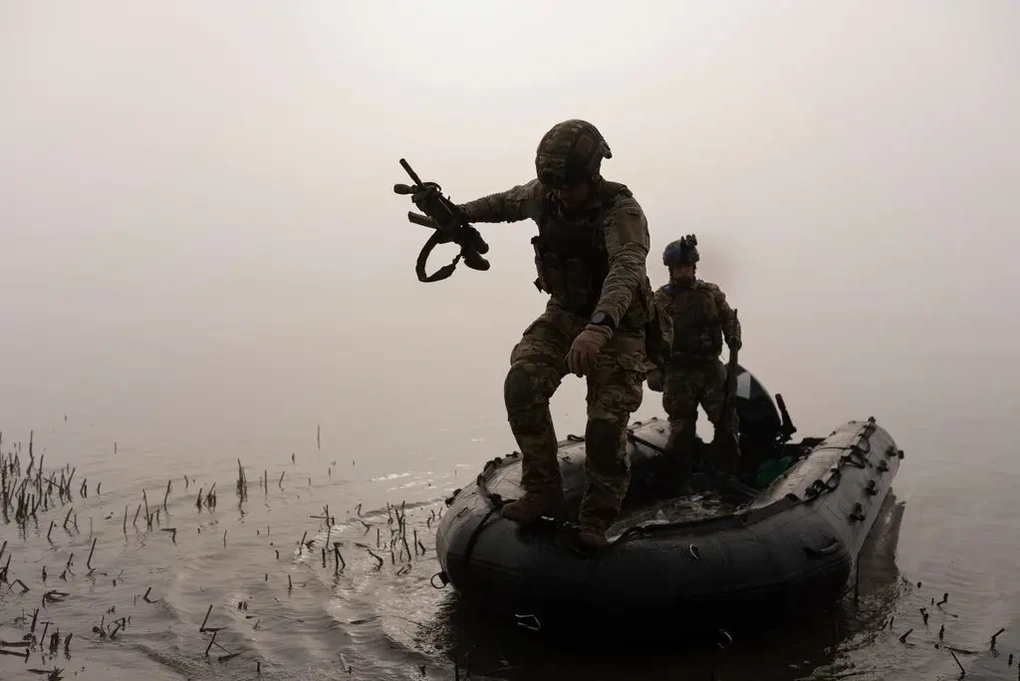
Ukrainian soldiers on the banks of the Dnieper River at the front line near Kherson in October (Photo: AP).
Ukrainian troops are fighting to retake territory on the eastern bank of the Dnieper River, an area long controlled by Moscow, but which has been bombed by Russian warplanes, attacked by Russian infantry and stalked by drones.
Defeated and badly damaged on all fronts, Ukrainian forces have held on to some positions across the river for more than a month and are expanding their attacks on Russian forces there to target Moscow's vital supply lines.
The ultimate goal of the Ukraine campaign remains unclear: is it primarily aimed at unbalancing Russian forces—using limited attacks—to force Moscow to move troops into the region in the hope of creating weaknesses along other sectors of the front?
Is it possible that Ukraine has more ambitious goals, such as attempting a major offensive across the Dnieper River to regain a significant amount of territory and reshape a front line that has barely moved in the past year?
Many Western military analysts have spoken out about this, suspecting that Ukraine may be attempting to establish a bridgehead to allow its forces to move artillery and heavy armor across the river, which would be needed to carry out large-scale offensive operations.
But sustained attacks could prove difficult for Russia, especially if Ukraine is able to cut off Moscow’s vital supply lines. Whatever Kiev’s intentions, the wetlands along the Dnieper are seething, especially if Ukraine is planning its most ambitious river crossing since World War II.
What is happening on the battlefield?
Much of the current fighting situation is still kept secret by both sides.
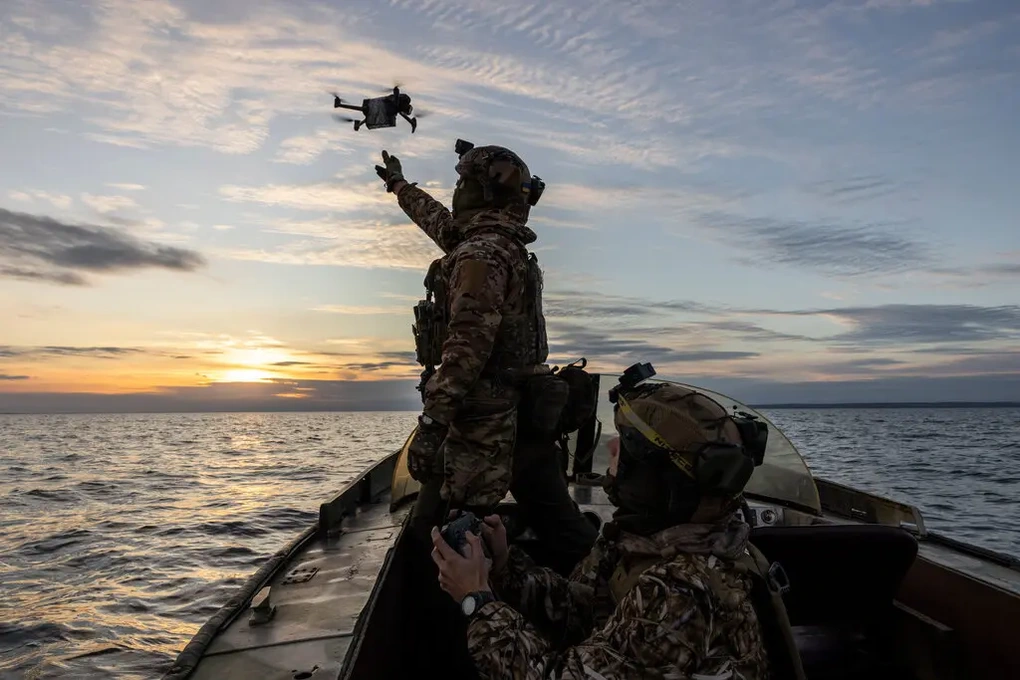
Members of a special forces unit launch a UAV from the Dnieper River to observe Russian forces stationed nearby in 2022 (Photo: NYT).
However, military analysts confirmed last month that Ukrainian forces were holding several key positions and were fighting in a string of villages stretching from Oleshky, opposite the city of Kherson, to Korsunka, a town about 50km upstream.
In late October, Ukrainian marines joined the fighting, and in mid-November, the marines announced that they were holding several bridgeheads. That was when President Volodymyr Zelensky first mentioned the operation.
As Ukrainian attacks across the river intensified, so did Russia’s response. Russian warplanes began bombing the area heavily in late October, according to soldiers and combat footage. Moscow also used TOS-1A thermobaric rocket launchers, which suck oxygen from the surrounding air, with devastating effect.
Difficult front
According to Russian military bloggers, the Ukrainian military, British military intelligence and military analysts, by attacking Russian forces on the east bank of the Dnieper River, Kiev is trying to force Moscow to move its forces from other areas of the front.
However, the fighting is taking a heavy toll on Ukrainian forces as soldiers release combat footage of fierce fighting and harsh living conditions. Ukraine appears willing to risk sending some of its best soldiers into such a difficult fight because if successful, the battlefield situation could change dramatically.
If they succeed in establishing strong positions across the river, Ukrainian forces will reduce the distance to the Crimean peninsula to about 46 kilometers. They could then put a key Russian supply line within artillery range, reshaping the geography of the battlefield and making it even more difficult for Moscow to plan to deliver food, fuel and ammunition to tens of thousands of troops during the winter.
Yevhen Dykyi, a former commander of Ukraine's Aidar battalion, said the Ukrainian military was "blocking" the vital highway linking Crimea to Melitopol, a vital artery in Russia's supply chain.
“The next task is more difficult,” he told Ukrainian television last week, stressing that “in particular, to expand this position, Ukraine needs to penetrate Russian defenses and gain operational space.”
In October, amid reports of increased Ukrainian activity, Russia replaced the regional commander, Colonel General Oleg Makarevich, with Colonel General Mikhail Teplinsky, who previously headed Russia's elite Airborne Forces.
In a report last month, the Institute for the Study of War (ISW), a Washington-based think tank, said the Russian military “would likely struggle to redeploy combat-effective reinforcements,” while also engaging in defensive operations in Zaporizhia, in the northwest, and sustaining other offensive efforts in eastern Ukraine.
Moscow's main response has been to use its air superiority to strike at areas where it believes Ukrainian troops are hiding.
What happens next?
To extend its fragile control on the eastern bank of the Dnieper, Ukraine needs to find a reliable strategy for moving supplies and reinforcements across the river. But this is no easy task.
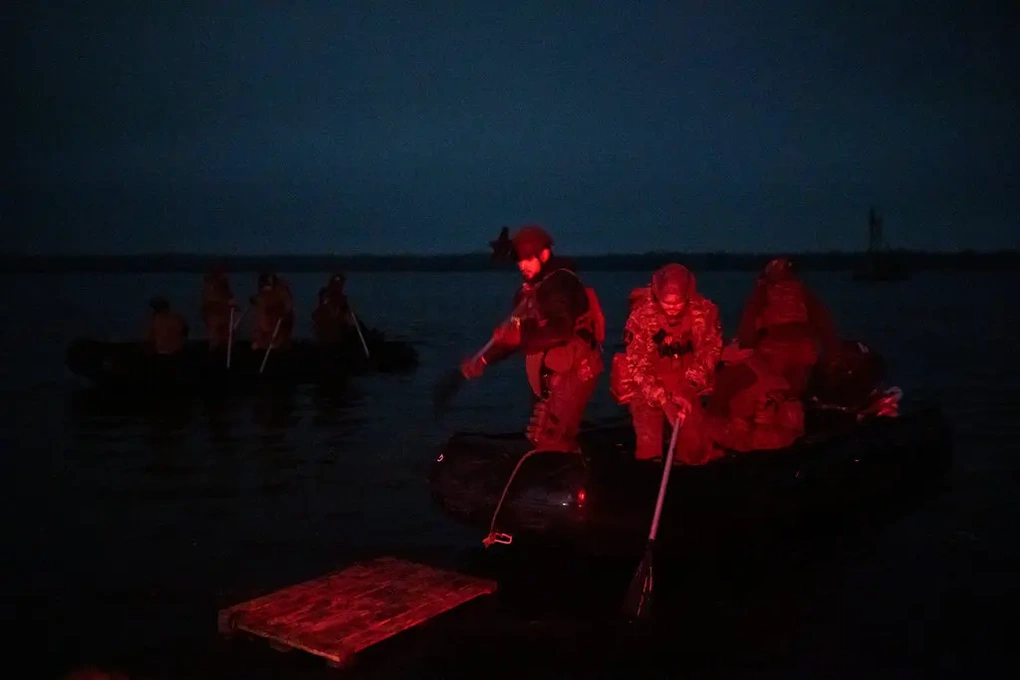
Members of a Ukrainian special forces unit during a night operation targeting Russian forces behind the front lines along the riverbank (Photo: NYT).
“Crossing a river under fire is one of the most difficult operations in land warfare,” said John D. Hosler, a professor at the Command and General Staff College at Fort Leavenworth. Troops and equipment are vulnerable at all stages of the campaign, but especially when they are concentrating on preparing to cross a river.
While the Dnieper River narrows around the port city of Kherson and Ukraine has battle-tested engineering units and bridge-building equipment designed for the task, it would still be difficult for Kiev to move large amounts of equipment across the river undetected. The widespread use of UAVs has made an already dangerous task even more difficult.
If the operation fails, Ukraine will suffer catastrophic losses in human lives and weapons because no modern army has attempted such a large-scale river crossing operation since World War II.
Source








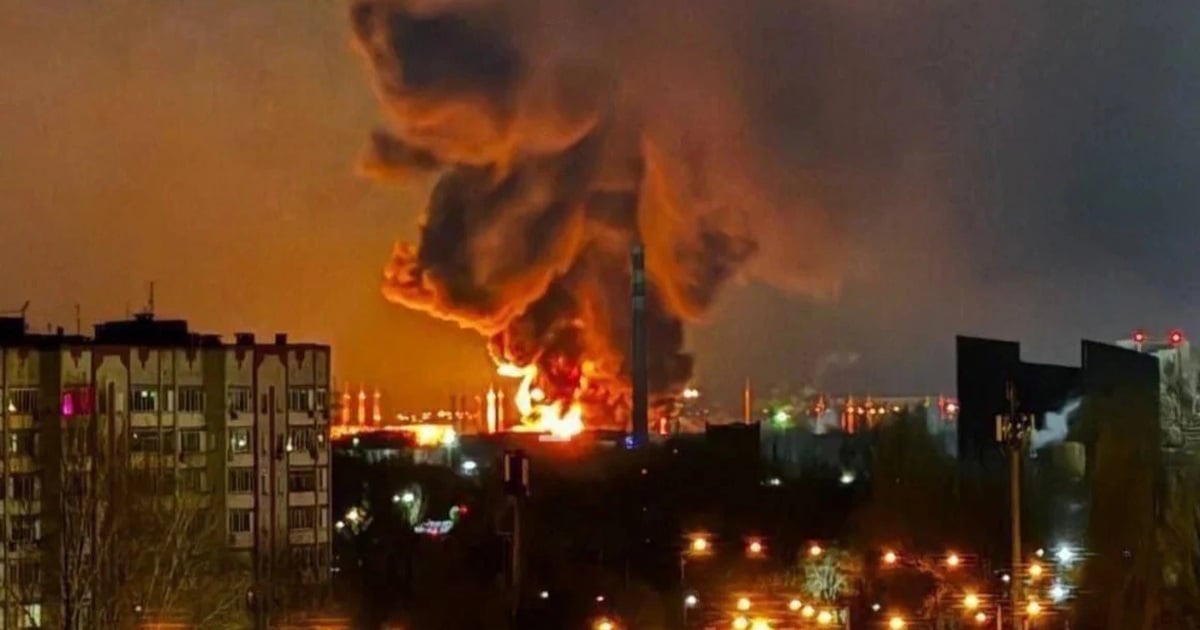
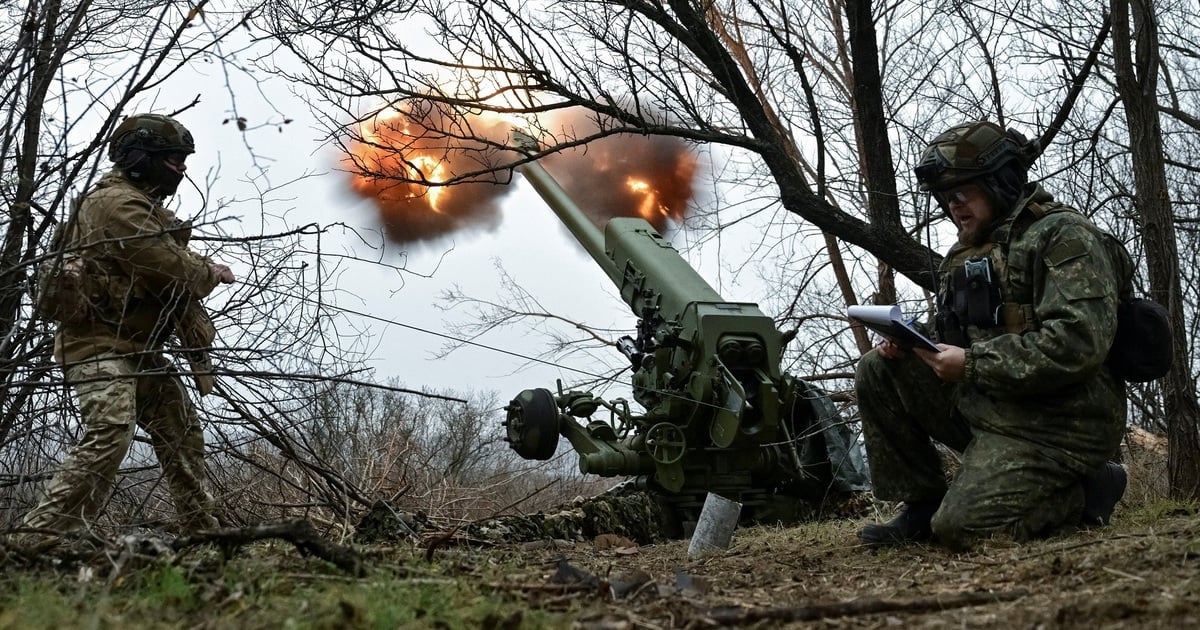

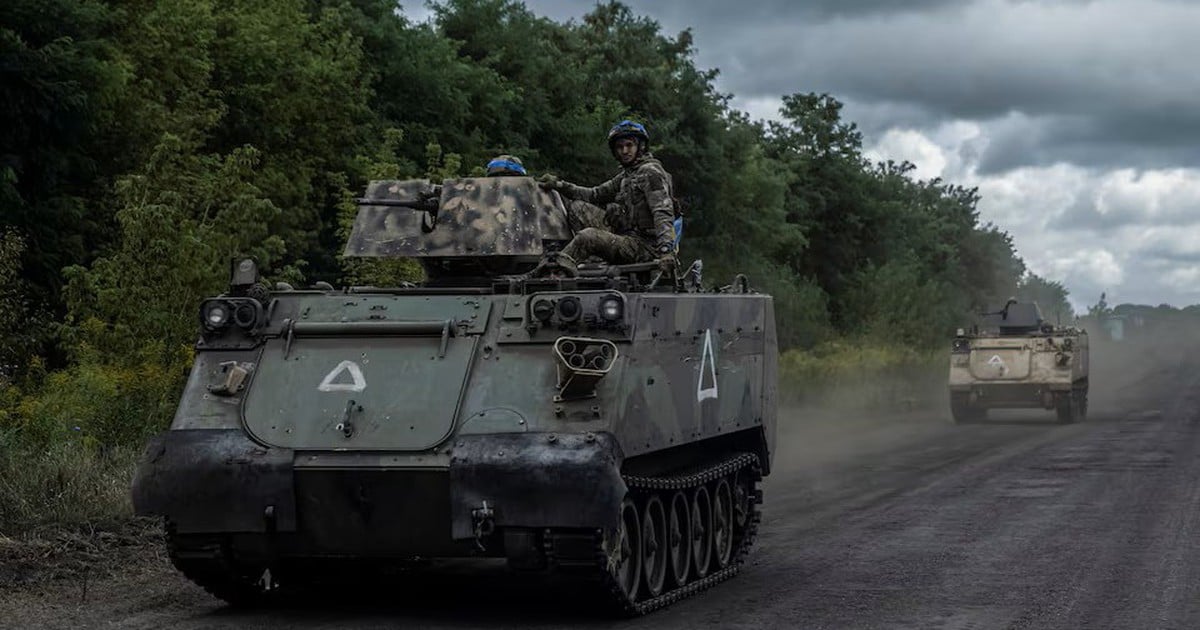


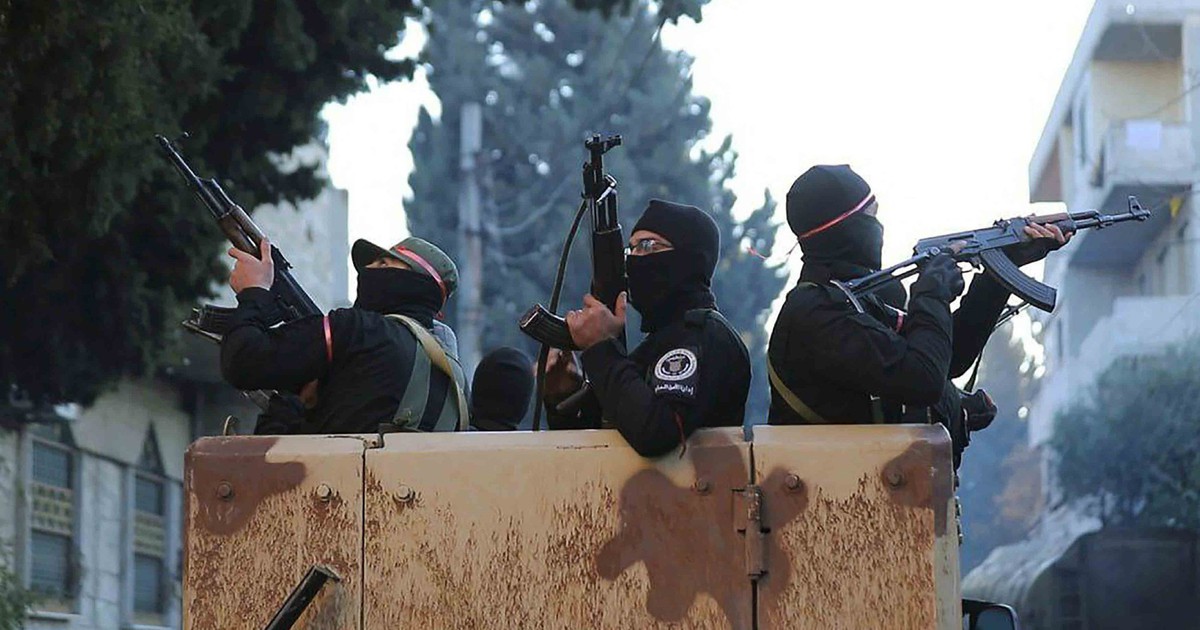


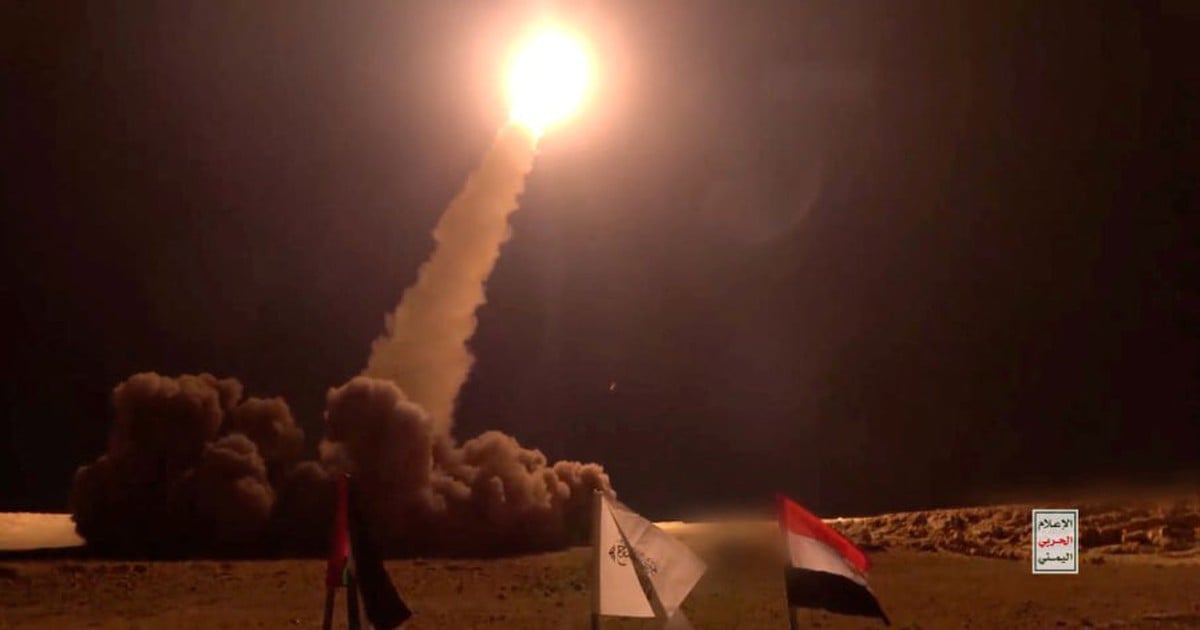
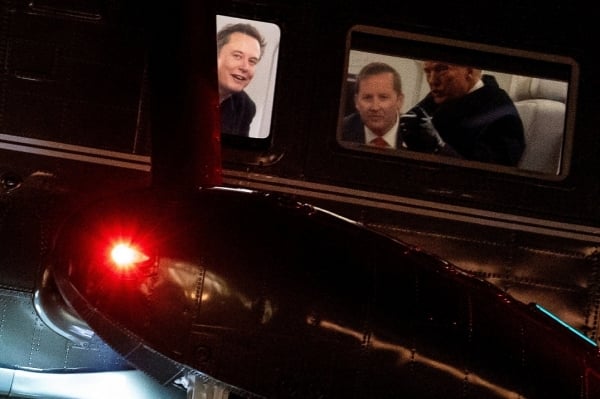


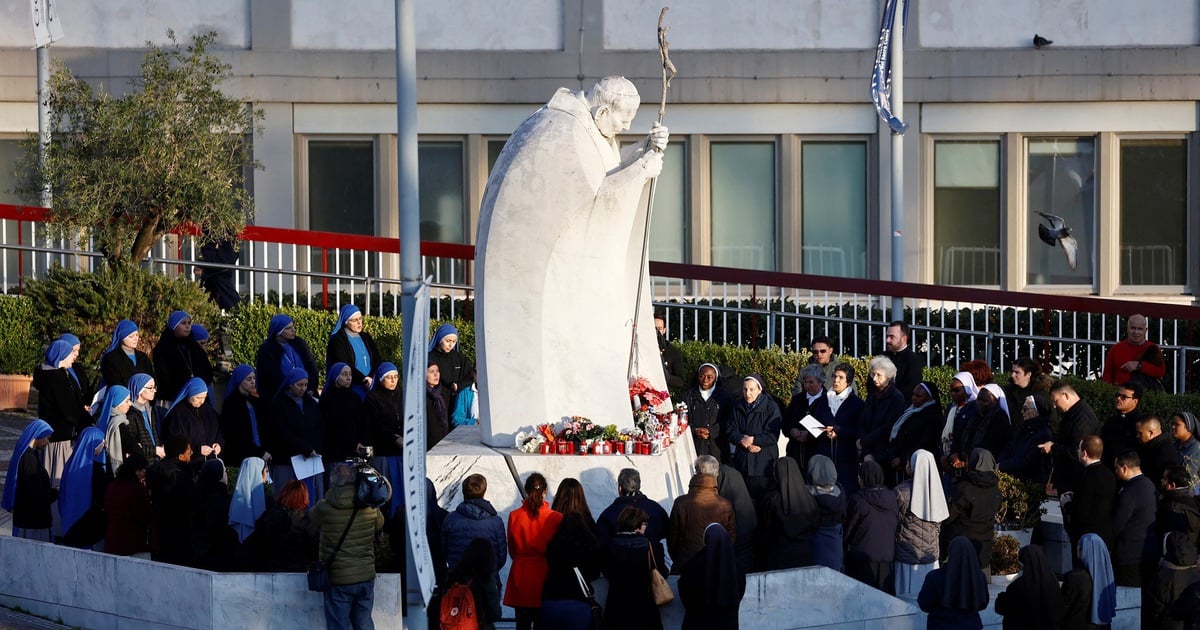

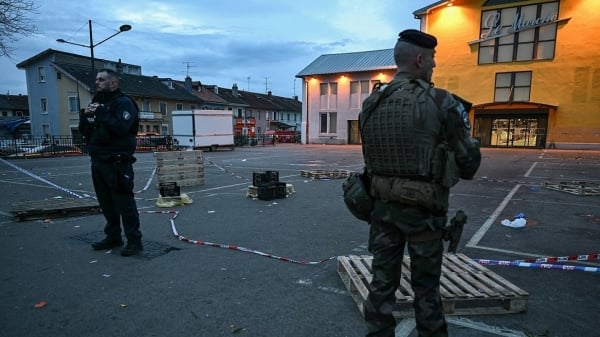












![[Photo] Prime Minister Pham Minh Chinh chairs Government Conference with localities on economic growth](https://vstatic.vietnam.vn/vietnam/resource/IMAGE/2025/2/21/f34583484f2643a2a2b72168a0d64baa)







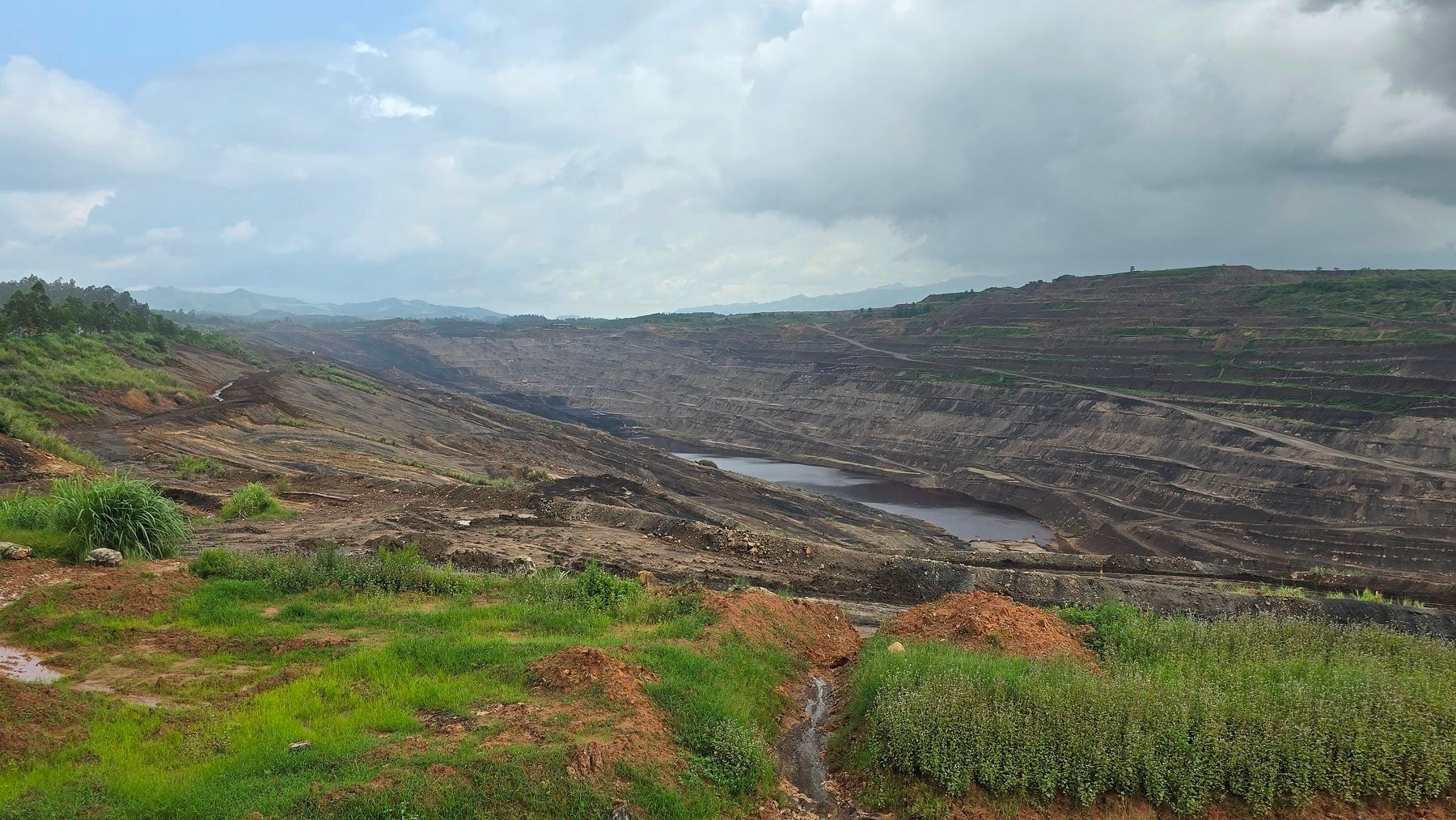















































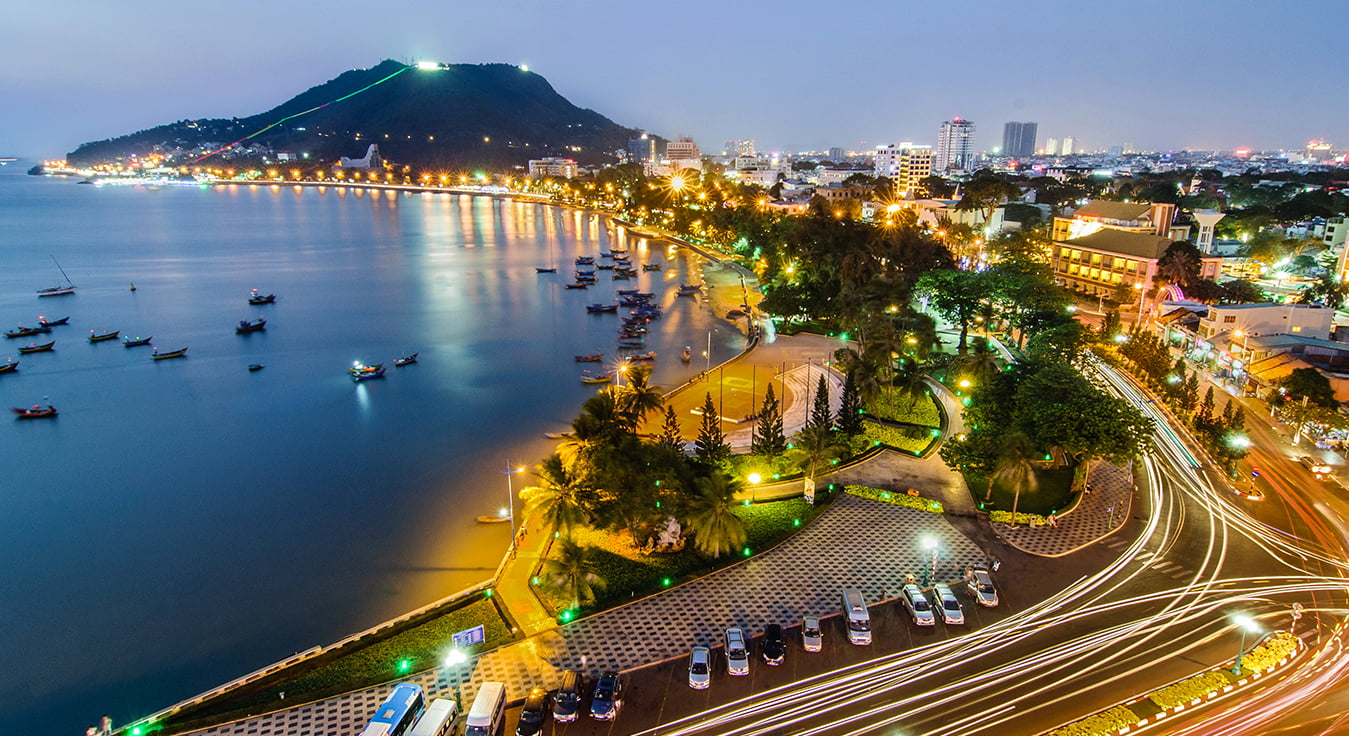
Comment (0)